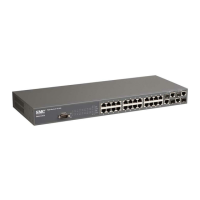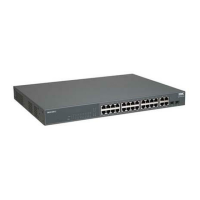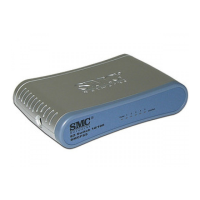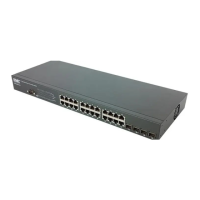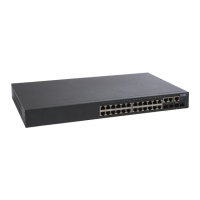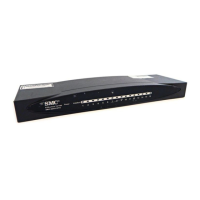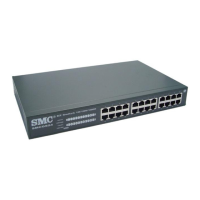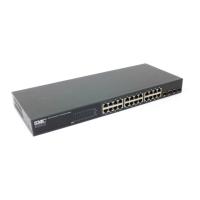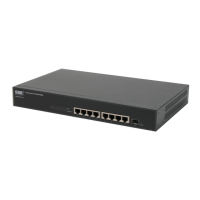C
ONFIGURING
A
CCESS
C
ONTROL
L
ISTS
7-11
43: Routing (RFC 2460)
44: Fragment (RFC 2460)
51: Authentication (RFC 2402)
50: Encapsulating Security Payload (RFC 2406)
60: Destination Options (RFC 2460)
• DSCP – DSCP priority level. (Range: 0-63)
• Flow Label – A label for packets belonging to a particular traffic “flow”
for which the sender requests special handling by IPv6 routers, such as
non-default quality of service or “real-time” service (see RFC 2460).
(Range: 0-16777215)
A flow label is assigned to a flow by the flow's source node. New flow
labels must be chosen pseudo-randomly and uniformly from the range 1
to FFFFF hexadecimal. The purpose of the random allocation is to make
any set of bits within the Flow Label field suitable for use as a hash key
by routers, for looking up the state associated with the flow.
A flow identifies a sequence of packets sent from a particular source to
a particular (unicast or multicast) destination for which the source desires
special handling by the intervening routers. The nature of that special
handling might be conveyed to the routers by a control protocol, such as
a resource reservation protocol, or by information within the flow's
packets themselves, e.g., in a hop-by-hop option. A flow is uniquely
identified by the combination of a source address and a non-zero flow
label. Packets that do not belong to a flow carry a flow label of zero.
Hosts or routers that do not support the functions specified by the flow
label must set the field to zero when originating a packet, pass the field
on unchanged when forwarding a packet, and ignore the field when
receiving a packet.
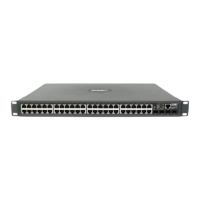
